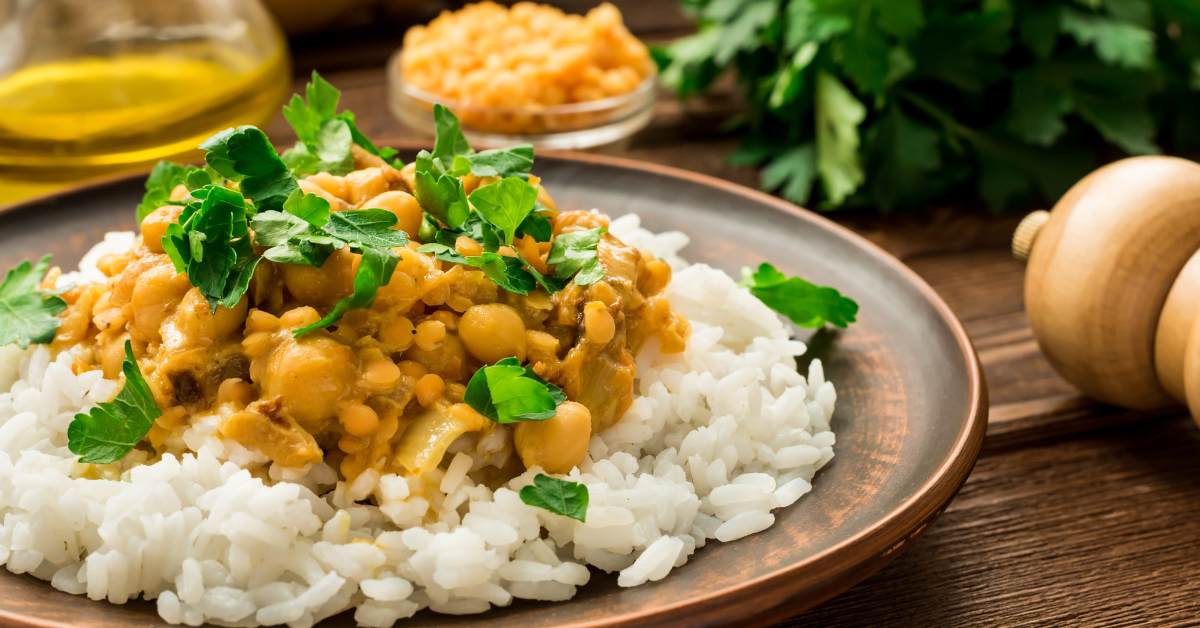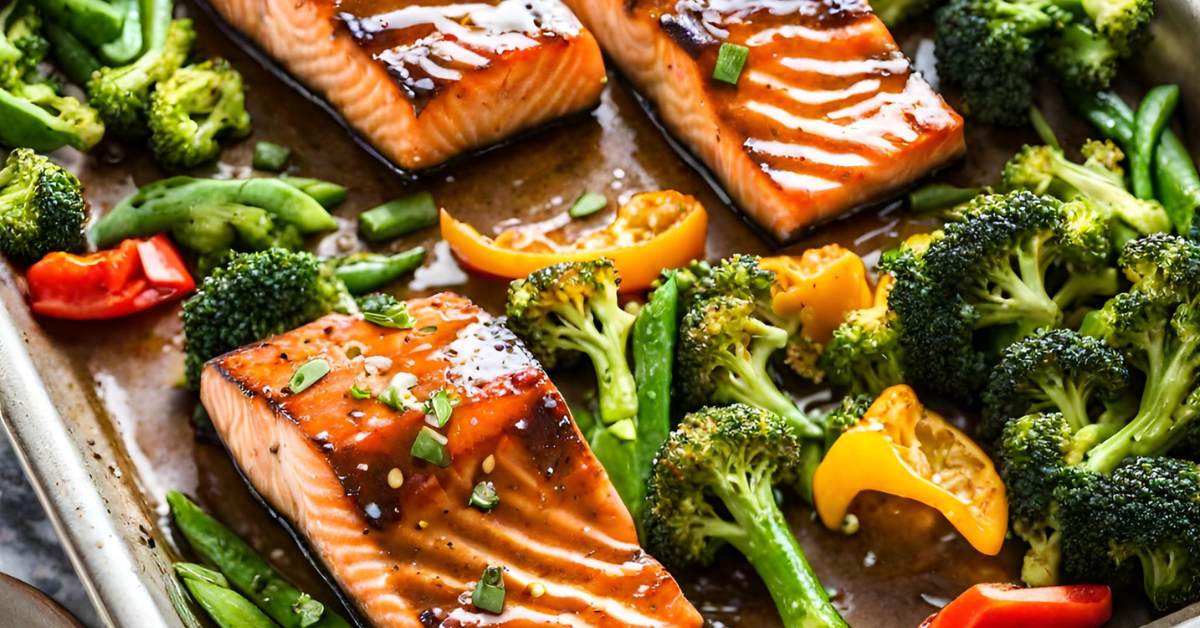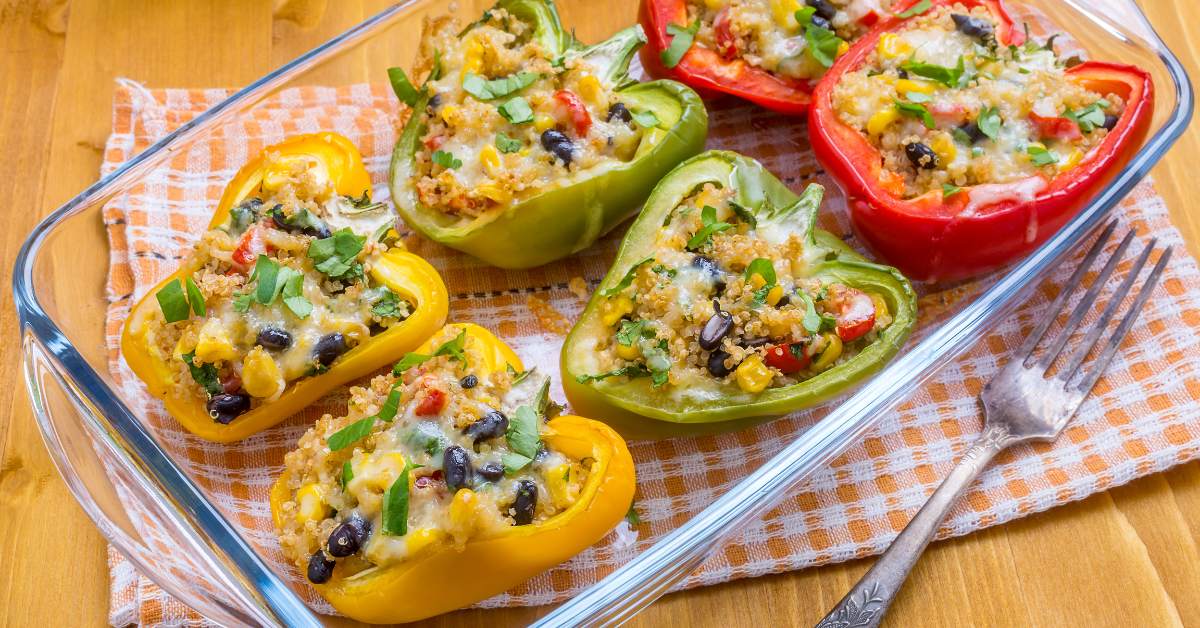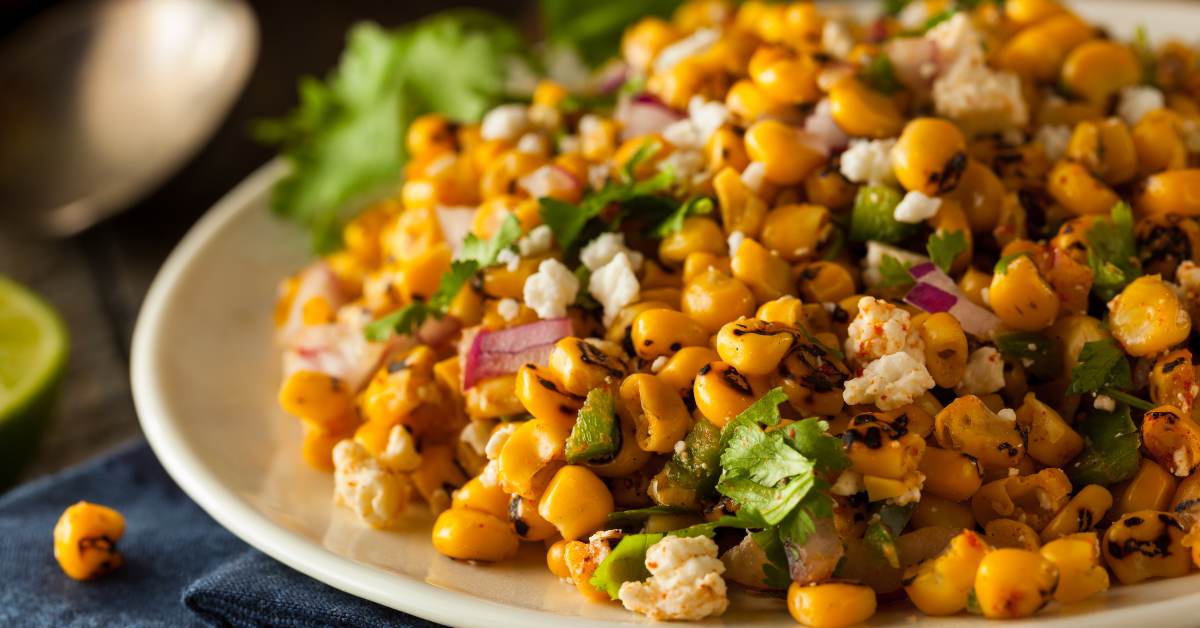We receive a lot of questions on rehydrating and using dehydrated foods, so we thought it was time for a dedicated post on the topic!
We’ll cover three simple ways you can rehydrate your dried foods, depending on how much time you have to soak.
1. Soaking in Water (Long-Soak Method)
This method is simple and requires no heat. Just follow these steps:
- Pour water into a bowl. (The temperature doesn’t matter though I usually use lukewarm to warm.)
- Add your dehydrated food to the bowl. You’ll need at least twice as much water as the amount of food you are rehydrating.
- Allow the food to sit in the water, giving it time to absorb the liquid and soften.
For the best results, use the following guidelines:
- Soak fruits in fruit juice—instead of water—for a sweeter taste.
- Opt for a minimum soaking time of 1-2 hours; you can even let it sit overnight.
2. Using Boiling Water (Quick-Soak Method)
If you want to speed up the rehydration process, boiling water can help. Follow these instructions:
- Bring water to a boil.
- Pour the boiling water over your dehydrated food.
- Place a plate on top of the bowl to trap in the steam.
- Allow the food to sit for 15-30 minutes, depending on its density. For example, potato chunks require more time than potato shreds.
Prices pulled from the Amazon Product Advertising API on:
Product prices and availability are accurate as of the date/time indicated and are subject to change. Any price and availability information displayed on [relevant Amazon Site(s), as applicable] at the time of purchase will apply to the purchase of this product.
Two quick notes:
- I always use this method for shredded, dehydrated cabbage. Something about the boiling water/quick-rehydrate combination makes the cabbage texture better.
- Likewise, I always use boiling water to rehydrate potato chunks. I’ve found that long soaks don’t work well with large chunks of potatoes as they can still be hard in the middle.
3. Simmering on the Stove Top
Simmering your dehydrated food on the stovetop is another quick method. Here’s how you do it:
- Add one part dehydrated food to a pot with two parts water.
- Turn on the heat and simmer the mixture for 10-15 minutes or until the food is tender.
Quick tips for keep in mind:
- Don’t boil. You don’t necessarily want to cook the food at this stage. You’re just rehydrating it to bring it back to its “fresh” state.
- Simmering times may vary, so start by simmering for 5 minutes and then adjust as needed.
Using Liquids Other Than Water
Did you know that you don’t have to use water to rehydrate dried foods? Liquids other than water can actually enhance the flavor and texture of the final product.
Let’s look at a few flavorful options:
Broth
Broth, either vegetable, chicken, or beef, can be used for rehydrating vegetables, beans, and meats to add a savory flavor. To use broth for rehydration, follow these steps:
- Warm the broth to a simmer.
- Pour the hot broth over the dehydrated food.
- Allow it to sit until the food reaches the desired consistency, which usually takes about 20-30 minutes.
Soup
Rehydrating food with soup can create a hearty, flavorful dish. Dehydrated vegetables work particularly well in this case. Here’s how to rehydrate your food using soup:
- Choose a soup that complements the flavors of your dehydrated food, such as a tomato-based soup for vegetables.
- Heat the soup to a simmer.
- Add the dehydrated food, then just add extra time to your normal cooking time for that soup.
Fruit Juice
Fruit juice is a fantastic option for rehydrating fruits, creating a sweet and tangy treat. Try using this method to rehydrate your dehydrated fruits:
- Pick a juice that complements the fruit’s flavor, such as apple juice for apples, or orange juice for tropical fruits. (Pineapple juice is delicious!)
- Pour the juice over the dehydrated fruit.
- Let it soak for a few hours or until the fruit reaches your desired texture.
If I’m rehydrating with juice, I usually let it rehydrate in the fridge overnight. Chilling seems to make it taste even better!
How Much Water Do I Use?
As a basic rule, you’ll need to use twice as much water as the amount of food you’re rehydrating. For example, if you’re rehydrating 1 cup of dried vegetables, you’ll need at least 2 cups of water.
However, this can vary depending on the type of food you’re working with. You want to err on the side of too much water than too little. You can always drain the excess.
One helpful way to estimate the water needed for your dehydrated food is to consult a rehydration chart.
We have one inside Food Prep Guide within the chapter on Dehydrating.
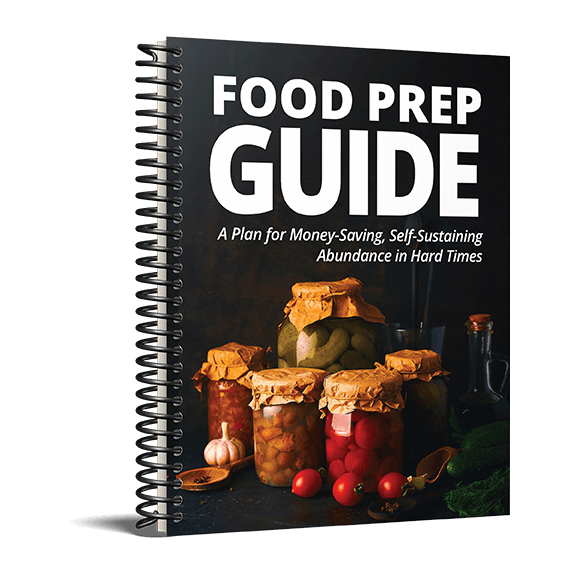
Practice and experience will ultimately help you determine the perfect water-to-food ratio for your dehydrated meals.
If you want precision, you should weigh your food before it goes into the dehydrator. Then, weigh the food again when it’s fully dry.
Subtract the dried weight from the fresh weight, and you’ll know exactly how much water is needed to rehydrate.
Happy dehydrating—and rehydrating!
FREE FOOD STORAGE PLAN!
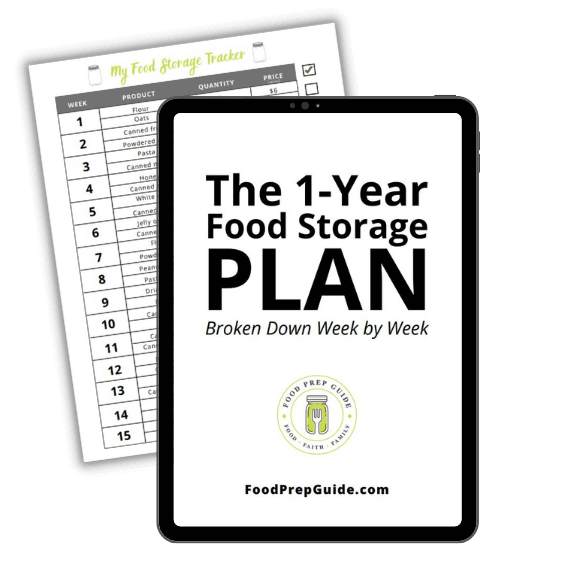
Does gathering and storing a year’s worth of food for your family seem overwhelming and unachievable?
Make it easy with our step-by-step plan. Subscribe to our weekly newsletter & we’ll send it to you FREE!






